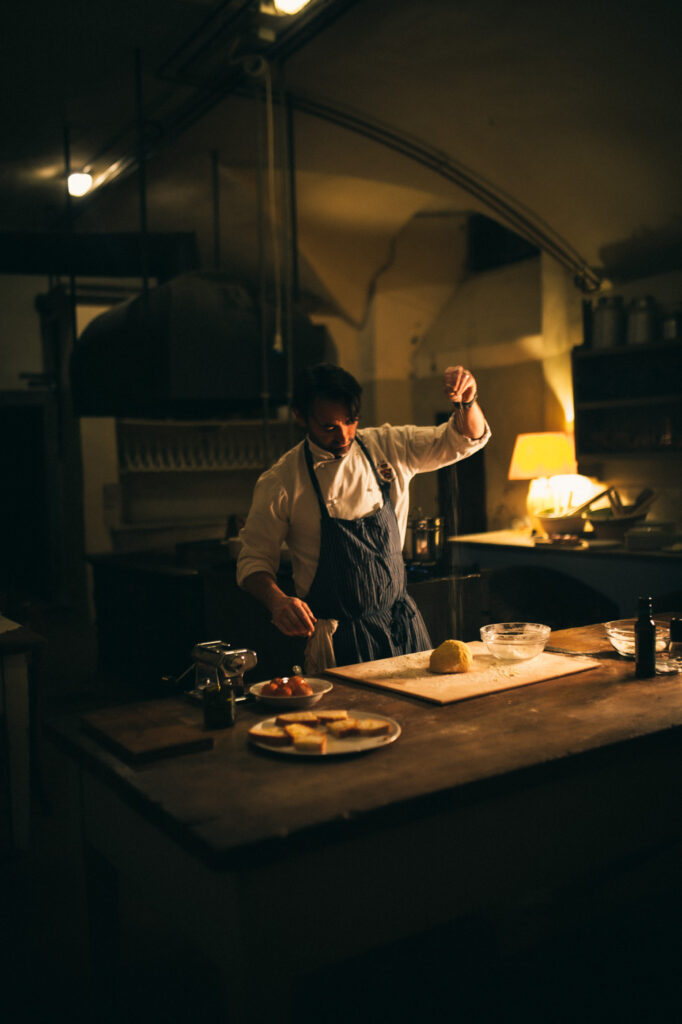
The Culinary Baroque
From the bustling kitchens of New York City to a historical kitchen from the Renaissance, Chef Gaetano Arnone reconnects with his Italian roots and his passion for art.
Editor’s Note: This story is published in The Florence Issue of Life & Thyme Post, our exclusive newspaper for Life & Thyme members. Get your copy.
At Caffe Rivoire, across from the Palazzo Vecchio in Florence, I scoop out the last bit of coffee-soaked sugar at the bottom of my cup and wash it down with the shot glass of water that accompanies an espresso. It’s a busy room both in foot traffic and decor. Pink and gold-leaf paint and a giraffe statue are recent additions.
Twenty five years earlier, the giraffe wasn’t there and cigarette smoke hovered in the arched ceiling. I was a 19-year-old student on my first trip abroad looking to connect with my Italian heritage and a love of history. I was alone and, horrified and exhilarated, I took my time stirring the espresso so I didn’t appear too anxious.
Florence is an open-air museum showcasing the nameless artisans who came out of the shadows to become the first household names of art. While the Renaissance wasn’t limited to Italy, it was in Florence where art, science and architecture were turned on their heads. Florentines analyzed each angle and curve left in ruins by the ancients and elevated those techniques out in the open. Knowledge became their religion, and competition was the fuel that inspired work so precious that some believed it was touched by God.
Buildings rose higher, colors became brighter, and the sculptures defied gravity. The masters saw bigger paydays with wealthy bankers funding everything. Along with fame came busy studios with teams of young assistants working tirelessly in the hope of using their mentor’s name to further their own career. They mixed the colors, sketched and painted the background so the master could move between pieces to finish the faces, hands, and final signature details.
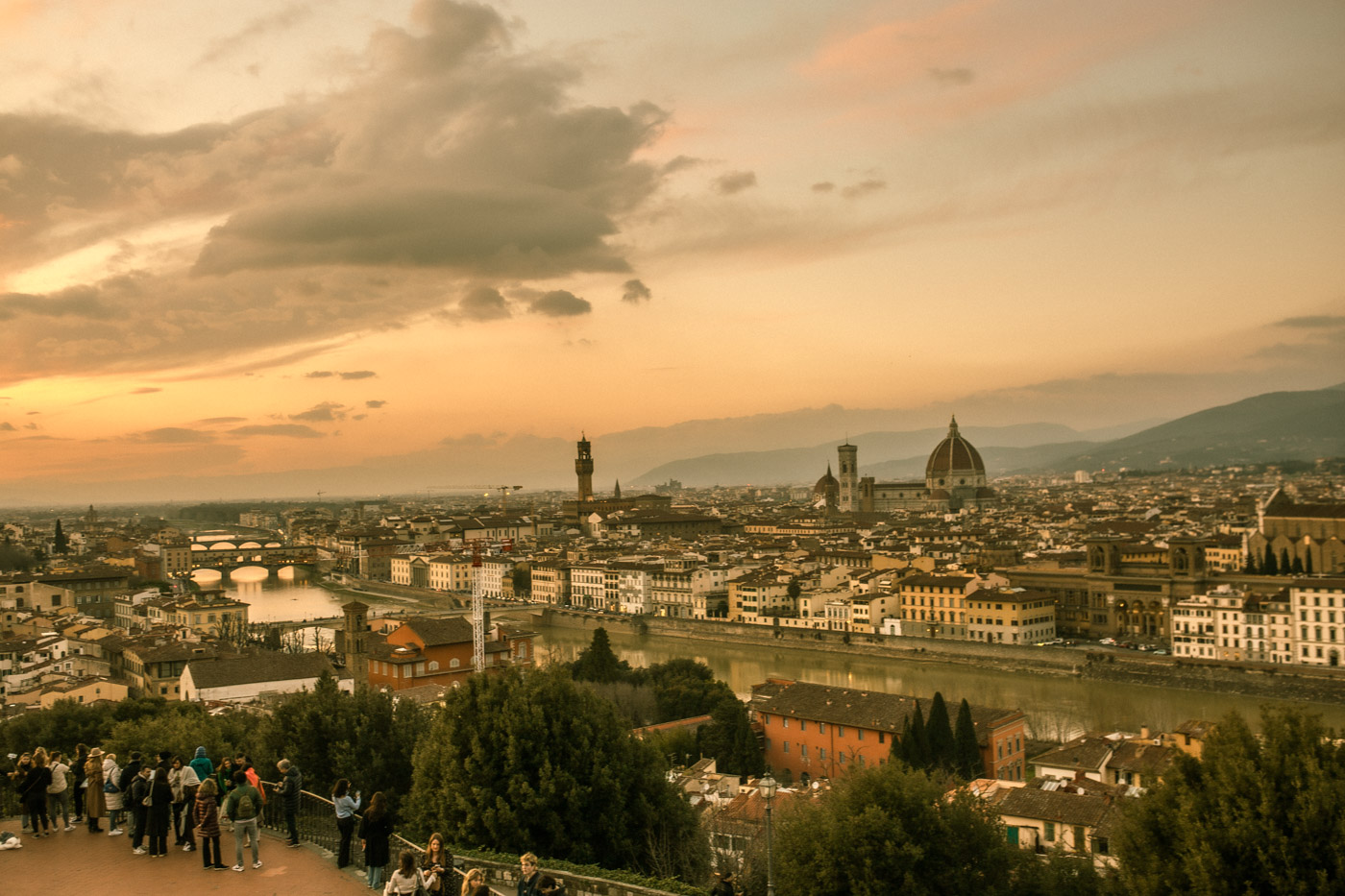
It all culminated in today’s hometown hero, Michelangelo, whose talent was seen as so advanced that it became more about what he could do with the medium than what the subject was. His frescos looked like sculptures and his sculptures looked like they could come to life. After his death in 1564, the High Renaissance evolved into a race for artists to prove how they were different, superior, or even touched with divine talent. The workshops became production lines of art where gold leaf and ultramarine blue became obligatory. The Renaissance became the Baroque. It was beautiful as a movement, but to the average enjoyer of art, it became harder to tell one artist from another.
Great art came out of the Baroque era and people became exposed to more and more beauty, but it came at the cost of individuality. Before a contract was signed for a piece of art, the wealthy patron listed the amount of expensive colors they required, how many angels needed to be in frame, and where they wanted their self portrait to be so they could show to all their friends and enemies just how much they spent. Artists too, spent a good part of their time outside the workshop networking for inclusion into special artist guilds and societies where the trophies might be a big church commission and a gold medallion that showed the rest they were more special than the others.
In the Uffizi Gallery, the whole timeline is on display in room after room of master works. Crowds gather around Michelangelo’s only surviving panel painting, the Holy Family, conveniently located next to works by his rivals Rafael and Leonardo. In a smaller room tucked away from the Renaissance favorites are paintings by another Michelangelo—Caravaggio.
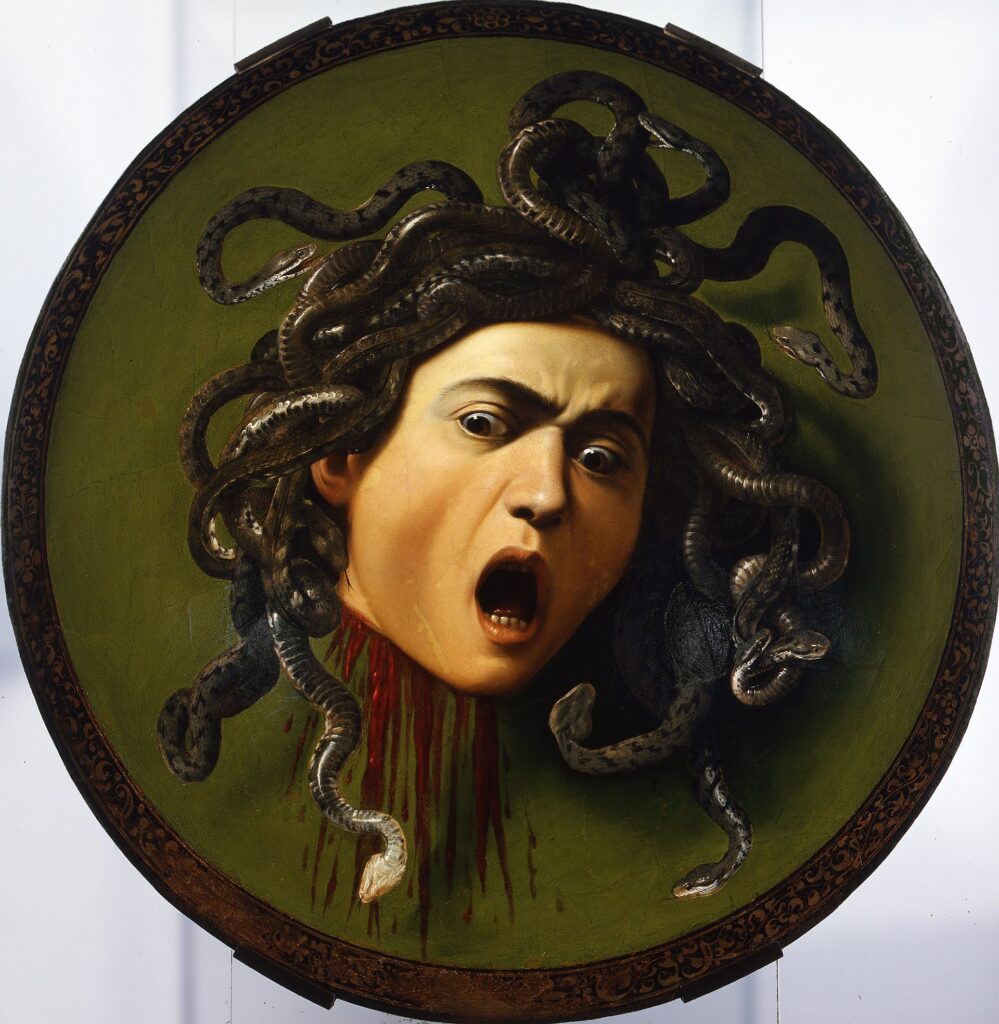
The first time I saw his paintings in 1997, Medusa and Bacchus scared me. They’re simultaneously dramatic, violent and erotic. No cherubs or bright colors, just technique. I didn’t know then that I was going to be a chef, and not too many people had heard of the Food Network. Anthony Bourdain hadn’t written a book yet and was still the chef at a restaurant called Vince and Linda at One Fifth Avenue in Manhattan. The culinary renaissance and the era of the celebrity chef was just beginning, and I was staring at a Caravaggio trying to figure out a way to stay right where I was.
My after-class restaurant jobs were never a consideration as a possible career. Around the time I was finishing college, my father got the opportunity to open his own Italian restaurant after spending his career in the service of others. Six months after opening, however, he had a heart attack and I found myself driving the boat at 23 years old. The responsibility grew on me, and over the next seven years I pushed back against the Italian American classics that dotted every strip mall “red sauce joint” and tried to bring what I experienced in Italy back to my father’s restaurant (also located in a strip mall).

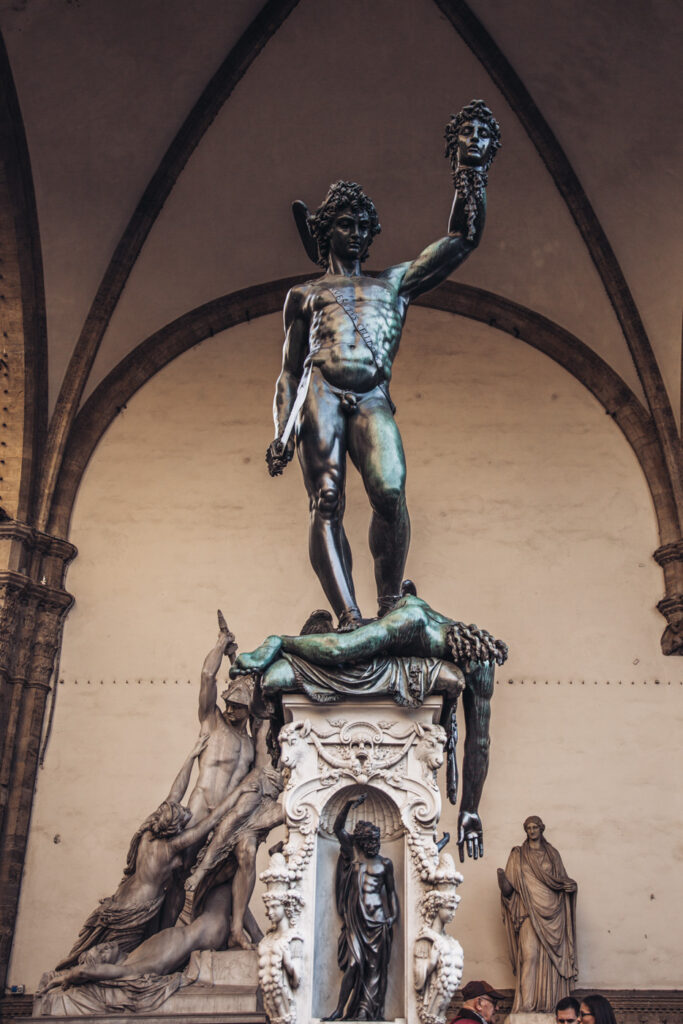
Florence became my refuge, and any money I saved was used to get back to recharge and be inspired. Except, the more I visited, the distance between the work from the masters and the work I was doing became more apparent. I wanted to be exceptional, but I wasn’t, so I moved to New York City where I’d spend the next decade working my way up the ranks at Babbo. It was my Yankee Stadium. It was the biggest challenge of my life, and it paid off when I got the opportunity to cook on The Today Show. My star was on the ascent, and then suddenly, it wasn’t.
Two months after The Today Show, Covid shut down the city and the restaurant industry as a whole. The owners I had spent a decade making a lot of money for called to tell me to lock the doors and file for unemployment. Two weeks became two months, then four, then six. Phone calls to check in with my crew became calls to just listen. We were all scared for each other’s safety, but also for our futures. There was a change creeping into the industry, and I wasn’t sure if I wanted to go back. I was burnt out.
The rise and fall of the celebrity chef is a cautionary tale, yet somehow a blueprint for success. Coming up, just like in the Renaissance, if you wanted to know what a chef was doing, then you had to work for them for at least a year. Landing a job in their kitchen meant being surrounded by exceptional people working together to execute the vision of someone who had spent years honing their skills. The good ones were leaders and the bad ones were screamers, but both got results. If you lasted long enough, you could secure your future by going out on your own, as long as you picked the right moment to punch your ticket. I never punched that ticket. Maybe I should have.
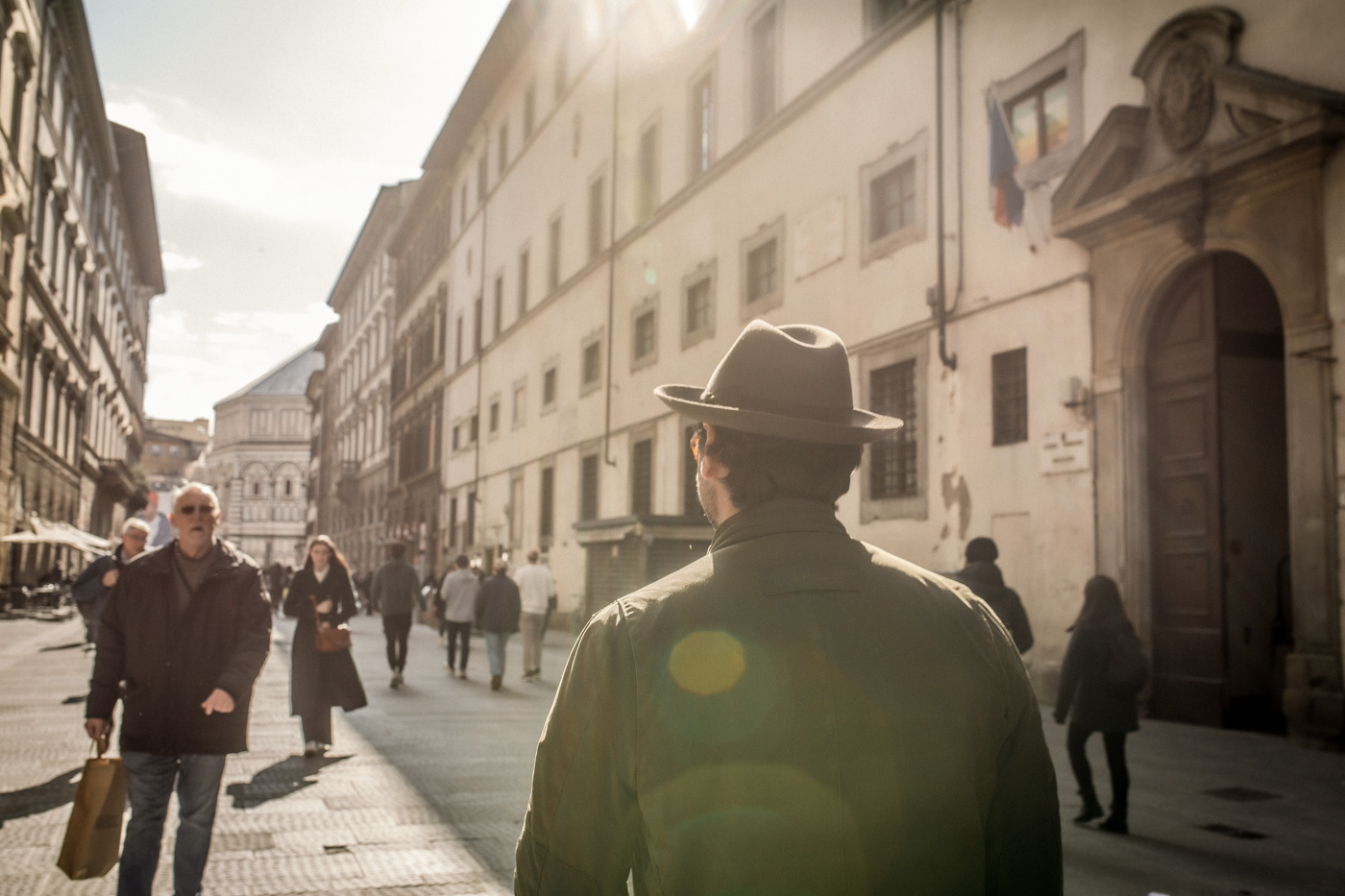
Now the mystery is gone and with the swipe of a finger you can see what any chef anywhere in the world is up to. A new technique in one country quickly becomes a trend and then a craze. The customer is more focused on getting the Instagrammable food pic instead of focusing on the person sitting across the table from them. And the chefs? They’re busy getting pumped to Vivaldi’s Baroque banger “The Four Seasons” in their earbuds while cruising Union Square’s Greenmarket imagining themselves on the next season of Chef’s Table. The Culinary Renaissance is over; we have entered the Culinary Baroque.
Six months into the pandemic with zero movement for work in the city, on a handshake offer, I dusted off my Italian passport and boarded a near-empty plane for Italy with my wife and dog. But in Florence, things weren’t much better. Tourism hadn’t come back, and most of the shops were still closed. The silence and calm somehow revealed the real Florentine heartbeat. The banter between butcher and customer. The crinkle of sandwich paper before the hand off to a hungry police officer on break. All the little things I hadn’t noticed before.
Revisiting my two favorite works by Caravaggio, and having had some life experience, Medusa’s scream seemed more audible; the blood looked viscous. The fruit in the bowl under Bacchus was off, slightly moldy and beginning to turn. The ripples in the glass of wine he’s holding show movement, but also that he has the shakes. Bacchus was an alcoholic. It was Caravaggio’s way of pushing back on the gilding of the lily. When popular artists around him had a team of assistants, Caravaggio worked alone. He couldn’t afford the expensive blues or golds, so he used dark colors instead and used himself or people from the streets as his models. He was a mess, but he had the skills to stand out from the imitators.
This is how I wanted to cook. No unnecessary flash or flair. Just personal technique-driven food. I’d put the humble farmer and butcher into view, not as the happy-to-be-there, farm-to-table character, but as the hard-working, underpaid, barely-getting-by people I have come to meet in my career. I’d use Florence as my inspiration as I always had. Not to say that fine dining is bad or without talent and purpose. I love an exceptional dinner, and people, including myself, will always be willing to pay for an elevated experience. But it has to be personal. All food, elegant or casual, should be a conversation between the chef and customer about what inspires them. It shouldn’t be about compiling a bunch of pretty little things into a space to meet the basic requirements of what should get stars.

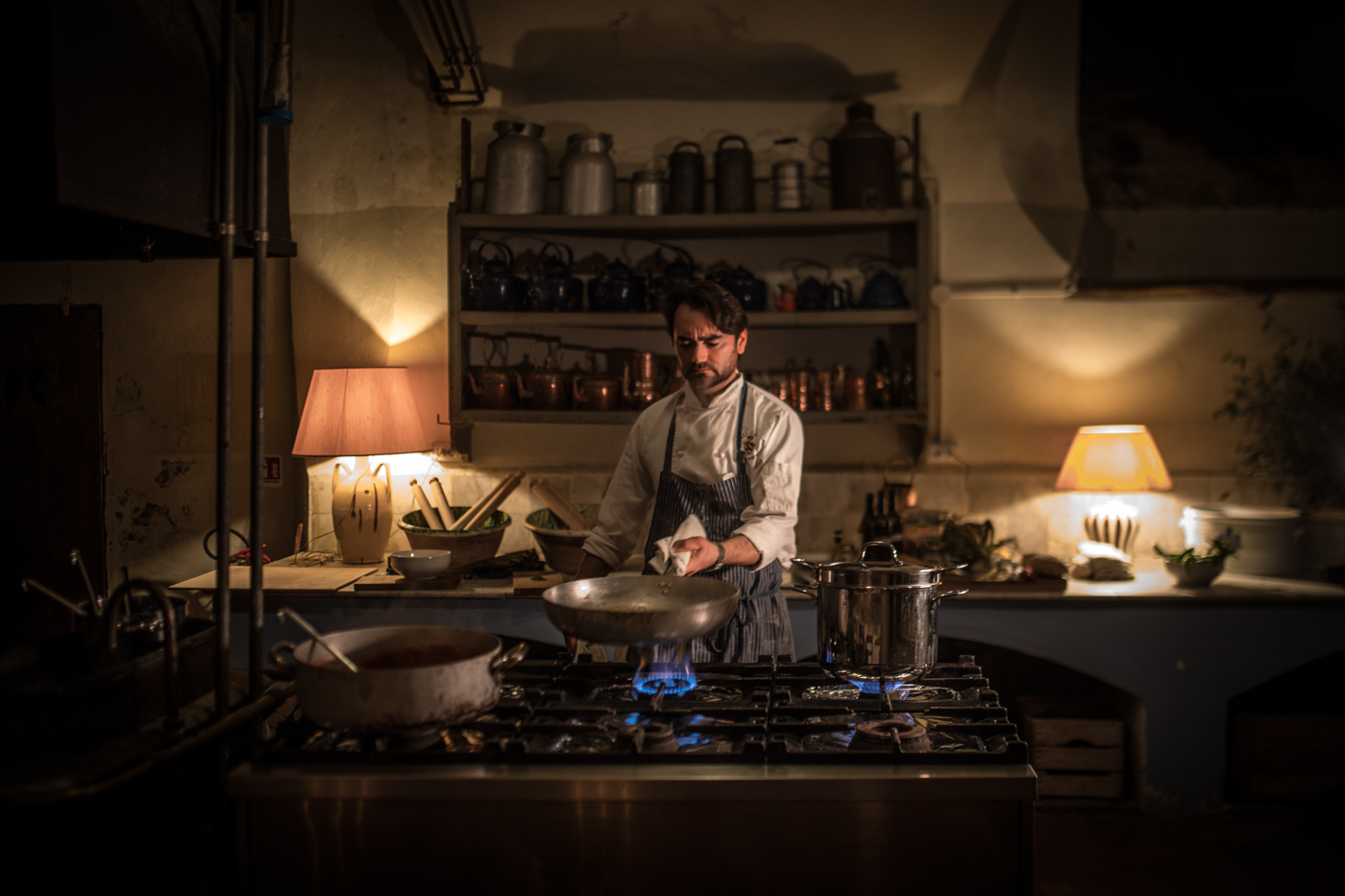
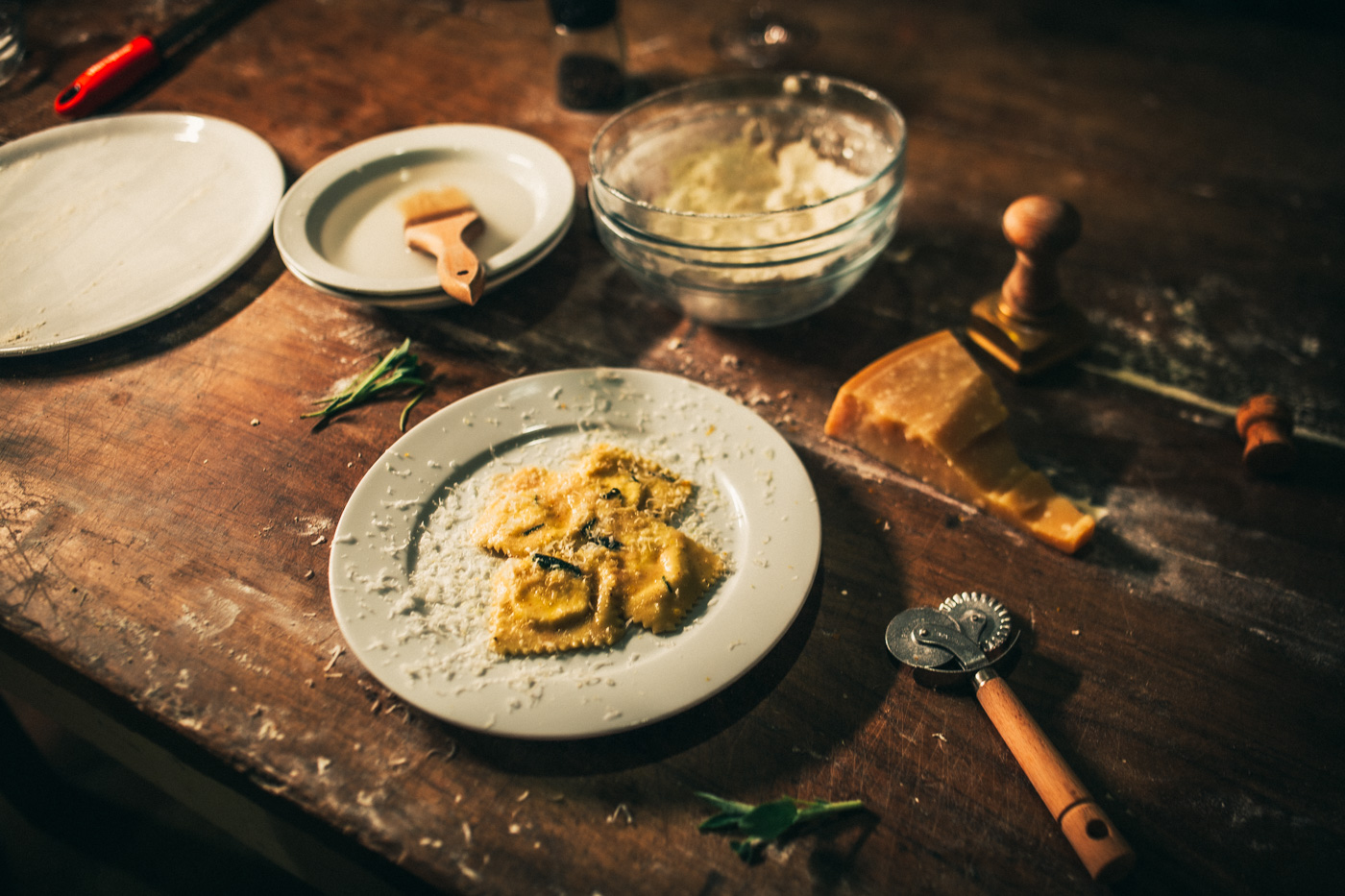
Just like the Baroque period, investors today are backing chefs, but listing what rare porcelain dessert plates they think will get the first star and how much white truffle to shave for the PR firm with friends and family to assure the best celebrities will attend opening night. And how many private dinners do we need to do to get that gold medallion with the little man on it around our chef’s neck?
Now, with the culinary Baroque well into its stride, I find myself working at the home of a dear Tuscan friend, Filippo Corsini, who I met years back at Babbo when I had just made sous chef. He sadly passed away at 20 years old, but the humble farm in the heart of Chianti Classico he described to me turned out to be the massive Renaissance Villa Le Corti in San Casciano Val di Pesa, 20 minutes south of Florence.
What started as a place to stay in return for two weeks of dog-sitting became an offer from my friend’s family to teach cooking lessons and cook private dinners in the villa’s fully functional 400-year-old wood-fired kitchen built the same year as one of Caravaggio’s paintings housed in the Uffizi. The working fireplace, big enough to stand in, acts as my grill, and I can choose between the built-in domed bread oven or the “modern” 1860s wood-burning cast-iron stove. Every copper pot and pan sits just where it was left by the many cooks before me. The food I’ve made in this space is some of the most honest food I’ve ever made. And it’s just me, mostly working alone, like my favorite artist, Caravaggio.
When I locked the doors on my last shift in New York City, I closed the door on that part of my career. It killed me to leave my brothers and sisters with whom I worked alongside for so long, but I needed to go. The city deserves a hungry new generation of cooks to lead it into the future.
Now in Florence, back at Rivoire, I sneak in early to grab an espresso. The city has a way of making the passage of time feel very apparent, and sometimes I feel as if I can turn to see my 19-year-old self standing there stirring his espresso. His whole life was out there, standing right next to him. What would he think of where we’ve been? I think he’d be happy that we found our way back to Florence. The café might be flashier than I’d prefer now, but the coffee is still the best, right down to the sugar at the bottom of the cup.






Our comments section is for members only.
Join today to gain exclusive access.